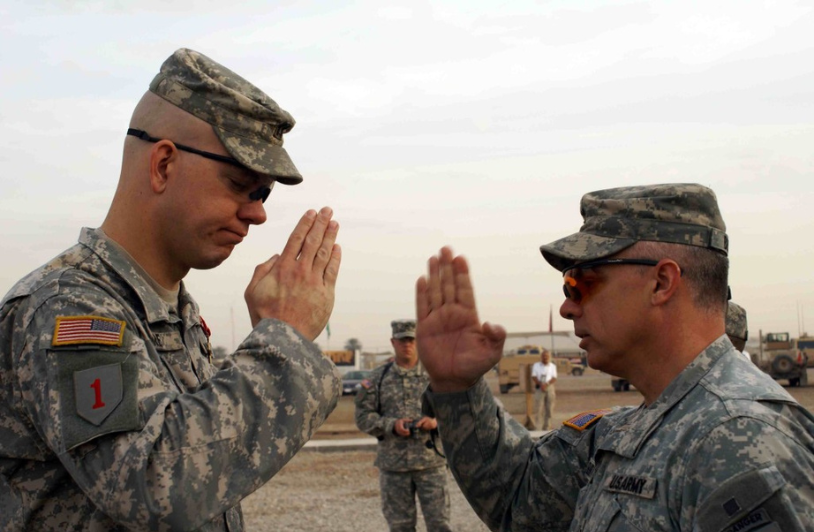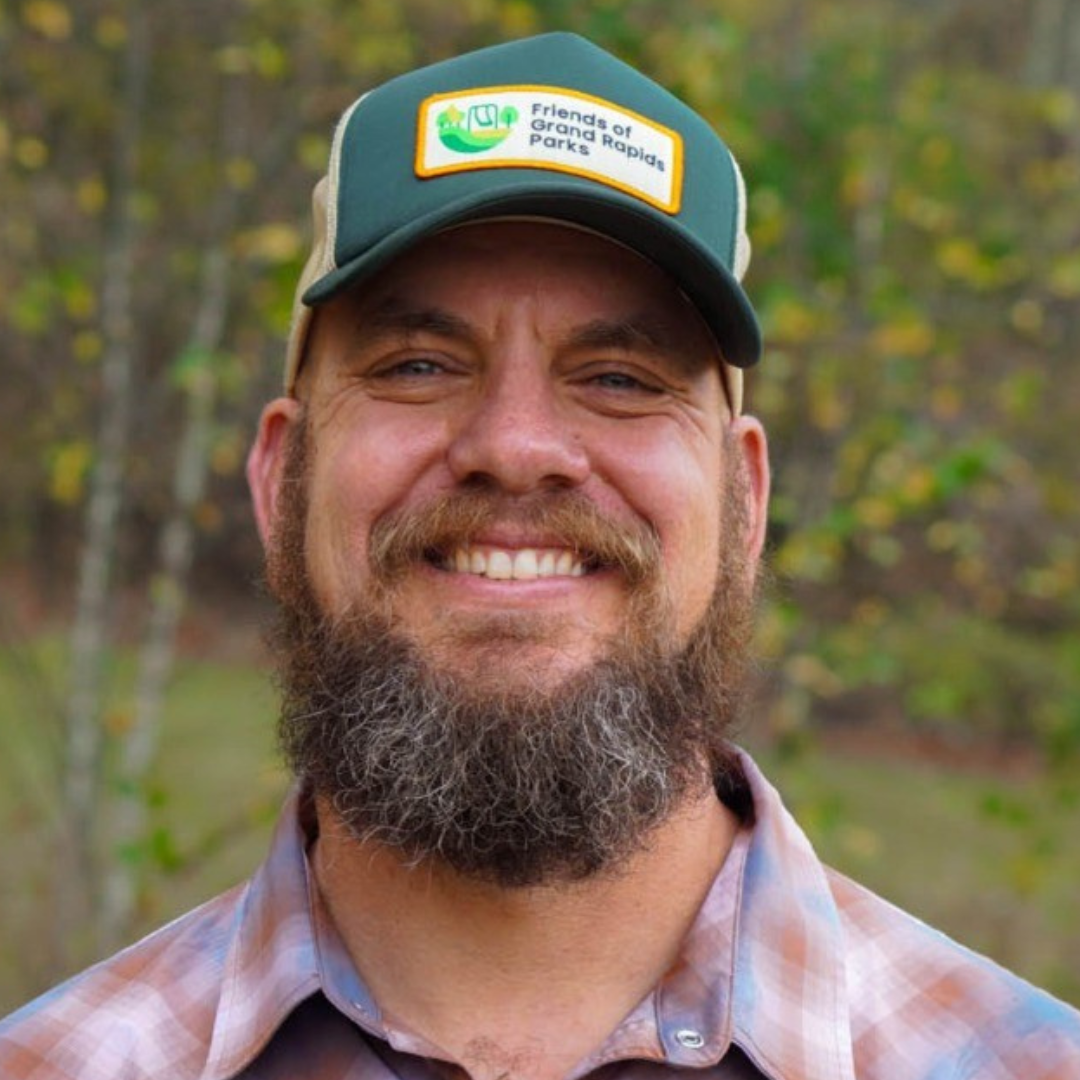…it is the possibility of severely declining access to mystery, beauty, and health that worries me the most.”
I came home from a tour with the US Army in Iraq in 2007. Things got dark quickly. I shoved myself into graduate school for an easy identity shift but was weighed down by unresolved trauma from the war that played out in heavy drug and alcohol use, suicidal thoughts, and me being a real asshole in relationships.
I was wracked by guilt for leaving my fellow service members and the Iraqi people, believing that if I stayed, perhaps things would be better for everyone. I also lived with the fear that I took somebody’s place on the flight home. That it would have been better, certainly easier, if I had come home in a flag draped box and someone else, I can give you their names, could have made the flight back to the States.

Two plus years at home, confused and angry, a friend encouraged me to get outside with him and I began to get healthy on public lands. An hour walk in a city park, learning to climb in USFS forest, a weekend overnight in a national park, a multi-day trip on a wild and scenic river flowing through property managed by the Bureau of Land Management. It was out there, in landscapes as diverse as the American public that I found hope, resilience, and a reason to keep going. I made a community, first with veterans, then with non-veterans. I met so many people who were willing not only to lend a hand or point me in the right direction, but who were willing to listen to my stories and share their own.
I made a career of taking others outside with me. Together with Dr. Dacher Keltner and his team at the Greater Good Science Center at UC-Berkeley, we worked on the foundational research that proves the benefits of time outdoors for physical and mental health. We showed that time outside results in dramatic downshifts in stress, increases prosocial emotions and feelings of curiosity and connection, improves sleep, and makes one feel more connected to the people they are with and the environments they move through.
Our system of public lands, our greatest health asset managed across multiple agencies from municipal to national are now all under threat. At the national level, agencies have been dealing with understaffed departments since at least 2010 even as visitorship, an American Public thirsting for better health and deeper connection to one another and our nation, has surged. City, county, and state parks across the nation report similar challenges as millions of people each year go in search of awe.
The economic and environmental impacts are of course massive, but it is the possibility of severely declining access to mystery, beauty, and health that worries me the most.
What we need now more than ever, is that connection that happens on trail between two strangers when they witness the majesty of our natural world, together.
Take Action
Call your state and federal representatives today and tell them to restore funding to USFS and Department of Interior, as well as the grant programs each agency manages. Get involved locally supporting your community and nearby parks, forests, and bodies of water. A local friends group, conservation district, or watershed group would love your help. Nationally, you can engage and get action items from the Outdoor Alliance, Outdoor Recreation Roundtable, Theodore Roosevelt Conservation Partnership, National Parks Conservation Association, American Forests or similar organizations.
View Stacy’s TEDx Talk
Watch Adventure Not War, A Documentary Featuring Stacy
CLICK HERE TO DONATE IN SUPPORT OF OUR PARTICIPATORY CIVIC MEDIA.




